Custom Sword: The Art of Tsukamaki – The Essence of Sword Wrapping
Japanese swords are renowned worldwide for their exquisite craftsmanship and deep cultural significance. Among the many intricate aspects of these weapons, Tsukamaki (柄巻), the traditional wrapping of the sword handle, stands out as a unique blend of functionality and aesthetics. This article delves into the significance, various styles, and the crafting process of Tsukamaki, showcasing how this ancient Japanese art contributes to the customization of a Samurai sword.
The Significance and Historical Background of Tsukamaki
Tsukamaki refers to the specific wrapping of the sword handle with cord or leather. This wrapping serves far more than just decorative purposes. Firstly, it enhances the comfort and stability of the grip, allowing the swordsman to wield the sword with greater precision. Secondly, Tsukamaki prevents the handle from slipping due to moisture or sweat, thereby improving safety and efficiency during use.
Historically, Tsukamaki was not only a functional component but also a status symbol. Over time, various styles and techniques of handle wrapping evolved, allowing for a wide range of aesthetic expressions. Some of the most notable techniques include Hiramaki (平巻), Hishimaki (菱巻), and Niremaki (捻巻). Each wrapping style requires a specific technique and craftsmanship to achieve the desired result.
- Hiramaki: This style maintains the original width of the cord and avoids overlaps, creating a flat wrapping. This simple style emphasizes the texture and color of the cord and is often used in traditional ‘Itomaki Tachi Koshirae.’
- Hishimaki: A diamond-shaped pattern formed by the crisscrossing of the cord, enhancing both aesthetics and grip stability.
- Katatemaki: A straightforward spiral wrap, ideal for swords designed for light and agile handling.
- Tsumamimaki: This style creates a raised effect by pinching the overlapping parts of the cord, improving both the anti-slip properties and the elegant appearance.
- Niremaki: A complex wrapping technique where the cord halves are twisted, creating a unique and personalized design.
- Jabarimaki: A complex pattern resembling snakeskin, created by intricately weaving thin cords, perfect for delicate decorations.
- Kakemaki: This technique secures the cord directly to the end of the handle, enhancing structural stability, particularly for combat swords.
Materials and Craftsmanship of TsukamakiThe materials used for Tsukamaki range from silk and cotton to synthetic fibers and leather. Silk is favored for high-quality Tsukamaki due to its softness and shape retention but is more expensive and prone to contamination. Leather, especially cowhide and deerskin, is valued for its durability and tactile feel, commonly used in the practice of Iaido (Japanese swordsmanship).
The process of creating Tsukamaki extends far beyond simple wrapping. The cord must undergo special treatments to ensure its stability and aesthetics. Tsukamakishi (柄巻師), the artisans of this craft, possess years of experience and skill, enabling them to tailor the handle wrapping to the specific requirements of the sword owner.
The Role of Tsukamaki in Sword Customization
In the customization of a Samurai sword, Tsukamaki plays a crucial role. It is not just a decorative element but an essential part of the overall design. By selecting different materials and wrapping styles, the sword can be imbued with a unique personality and style, reflecting the taste and status of its owner.
The value of a custom-made Samurai sword lies not only in its superior craftsmanship and material selection but also in the cultural and historical significance it embodies. Each custom sword is a unique work of art that showcases the meticulous craftsmanship and the unwavering spirit of the swordsmith.
Conclusion
As an integral part of the Katana culture, Tsukamaki is not only a testament to functionality but also a crystallization of art and culture. Understanding the significance, styles, and process of Tsukamaki allows for a deeper appreciation of this ancient and beautiful art form. If you are considering customizing a unique Katana or exploring the culture of Japanese swords, Tsukamaki, as an indispensable element, will provide you with a unique visual and tactile experience. Immerse yourself in this exquisite craftsmanship with a rich cultural heritage and experience the beauty of Tsukamaki!
Our shop offers a wide range of customized services
https://www.coolkatana.com/products/custom-sword
At some events, fans demonstrate their swordsmanship skills, paying tribute to anime’s legendary battles. Conventions even hold swordsmanship competitions, letting enthusiasts showcase their passion and creativity with these iconic weapons. Certain anime weapons hold special significance for fans, influencing anime swordsmanship and sparking interest in related merchandise. Celebrations at various anime events further boost their popularity. These weapons symbolize strength and courage, leaving a lasting mark on the anime world.
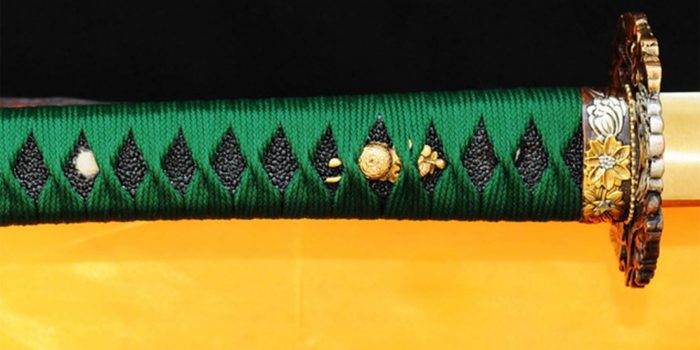


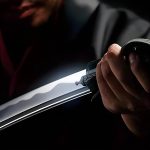



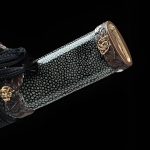
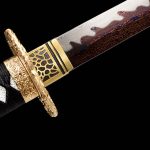


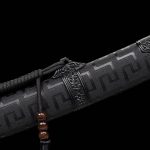















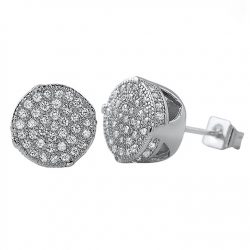
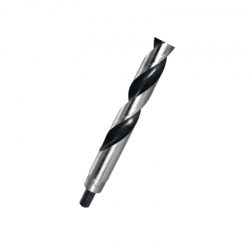
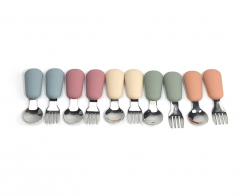
















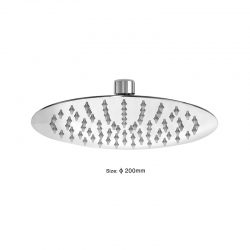



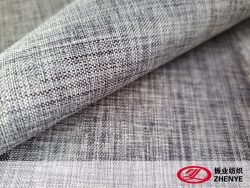












![NovusX Trading™|- The Official App WebSite 2025 [UPDATED]-Revolutionizing the Way You Trade with ...](https://manufacturers.network/btabcloud/uploads/2024/11/n-17321854844lc8p-250x133.png)



